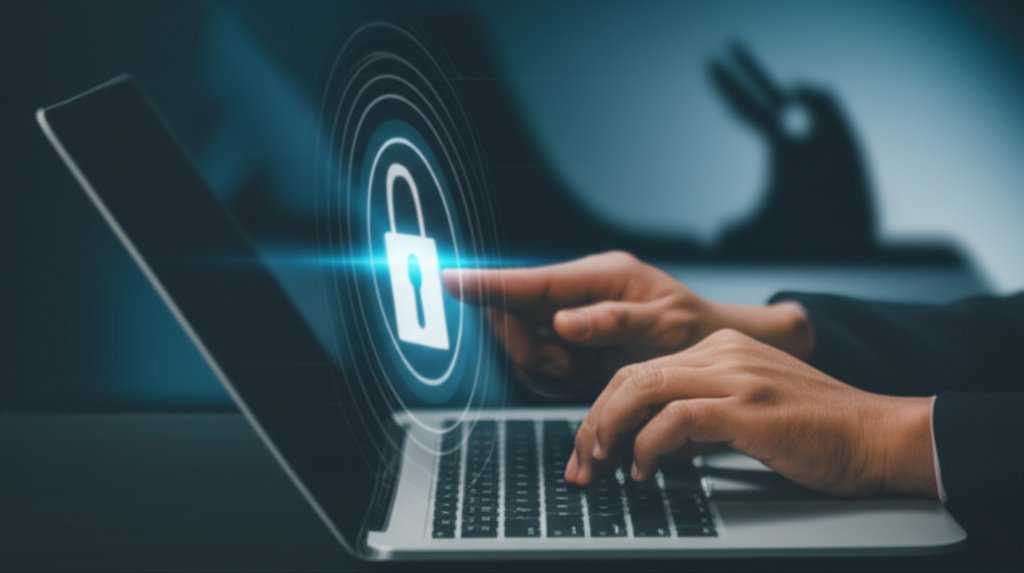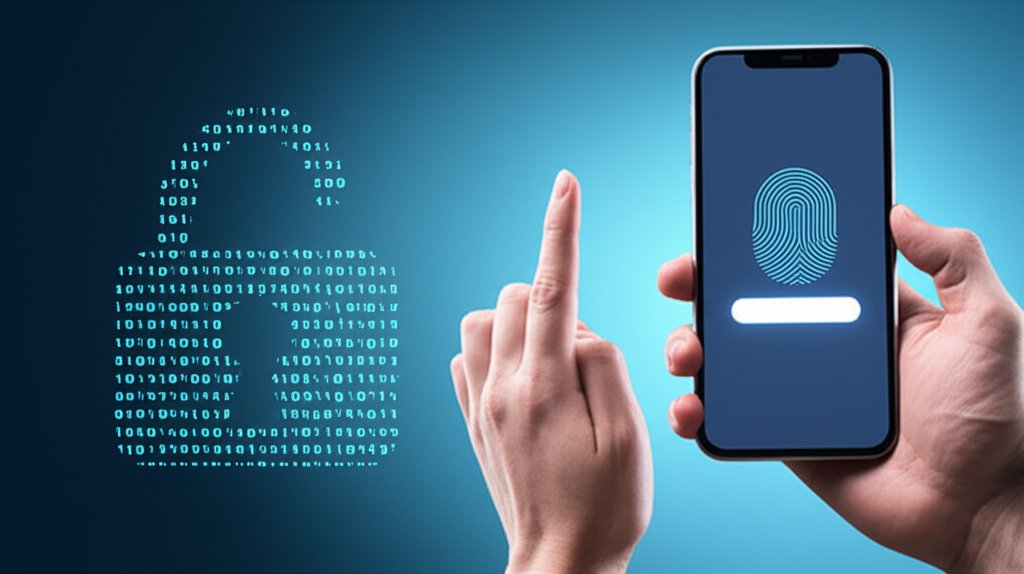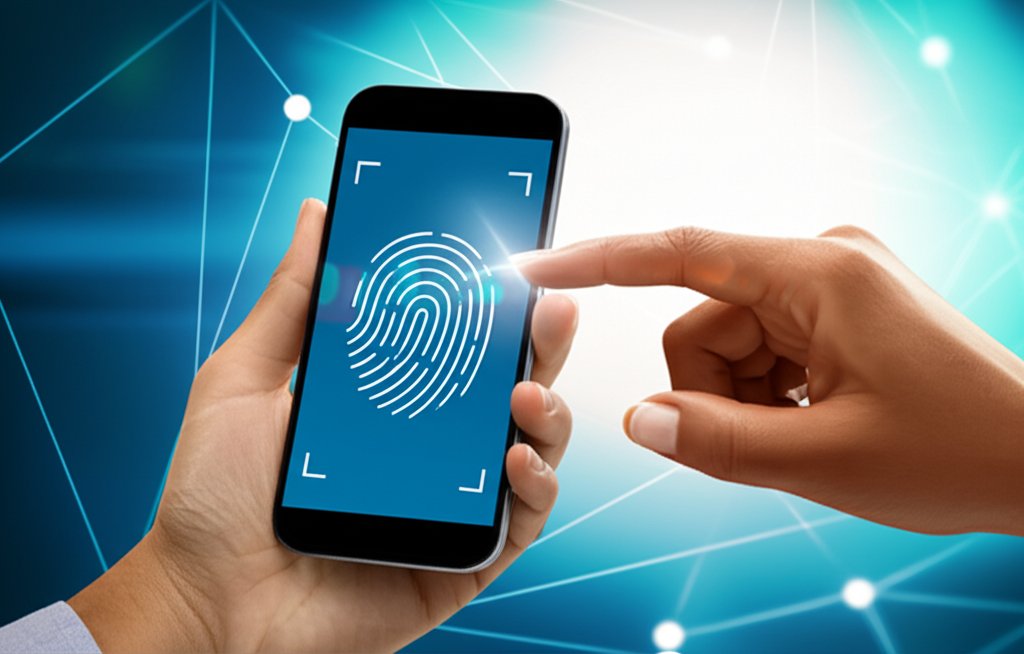In our increasingly connected world, digital security isn’t just a concern for tech giants or governments; it’s a daily battle for all of us. You’re probably already familiar with the idea of a password, that first line of defense protecting your online life. But what happens when that password, no matter how strong, is stolen? That’s where multi-factor authentication (MFA) steps in, acting as an essential, often unshakeable shield against one of the most pervasive cyber threats out there: phishing attacks.
Consider this sobering reality: according to recent industry reports, phishing remains a leading cause of data breaches, with cybercriminals launching literally tens of thousands of deceptive attacks daily. These aren’t just generic scams; their tactics are sophisticated, crafting highly convincing lures designed to trick even the most vigilant among us. This article isn’t about scaring you, but empowering you with the knowledge and practical solutions to defend yourself. We’re going to dive deep into what makes MFA, particularly its advanced, phishing-resistant forms, the absolute best defense against these sneaky attacks. Unlike traditional MFA that can sometimes be bypassed, phishing-resistant MFA fundamentally changes how authentication works, cryptographically verifying the legitimate website and making it impossible for imposters to steal or reuse your credentials. We’ll explain the threats, break down the solutions, and show you how to take control of your digital security, even if you don’t have a technical background.
To guide you through this critical aspect of digital security and help you strengthen your defenses, we’ve structured this comprehensive guide to address common questions, from the basics of phishing to the cutting-edge of MFA technology.
Table of Contents
- What exactly is a phishing attack, and why are they so dangerous?
- What are the real-world consequences if I fall for a phishing scam?
- What is Multi-Factor Authentication (MFA) in simple terms?
- How does basic MFA protect my accounts?
- Can even basic MFA be hacked or tricked by phishing? How?
- What does “phishing-resistant MFA” mean, and why is it considered the best?
- How does phishing-resistant MFA actually prevent phishing attacks?
- What are hardware security keys, and how do they work against phishing?
- How do passkeys and device-bound biometrics provide phishing-resistant protection?
- Why is upgrading to phishing-resistant MFA crucial for both individuals and small businesses today?
- How can I start implementing stronger MFA for my personal accounts?
- What practical steps can a small business take to adopt phishing-resistant MFA?
Basics (Beginner Questions)
What exactly is a phishing attack, and why are they so dangerous?
A phishing attack is a cybercrime where tricksters try to fool you into giving up sensitive information, like your username, password, or credit card details, by pretending to be someone you trust.
Think of it as a digital con artist. They’ll often send you fake emails, text messages, or direct you to bogus websites that look incredibly legitimate—like they’re from your bank, social media company, or a delivery service. Their goal is to create a sense of urgency or curiosity to make you click a link and enter your login details. Once they have your credentials, they can take over your accounts, steal your identity, or access your financial information. They’re dangerous because they exploit human trust and can be incredibly convincing, making them one of the most common ways accounts get compromised.
What are the real-world consequences if I fall for a phishing scam?
If you fall for a phishing scam, the consequences can range from a minor inconvenience to devastating financial loss and identity theft, impacting both individuals and small businesses significantly.
For individuals, this could mean losing access to your email, social media, or even bank accounts. Cybercriminals might empty your bank account, make fraudulent purchases, or lock you out of your digital life. They could also use your stolen identity to open new credit lines, file fake tax returns, or commit other crimes in your name, which can take months or even years to resolve. For small businesses, a successful phishing attack can lead to financial losses, data breaches of customer information, reputational damage, and costly downtime. We’ve seen businesses crumble under the weight of these attacks, so it’s a very serious concern.
What is Multi-Factor Authentication (MFA) in simple terms?
Multi-Factor Authentication (MFA) is like adding extra locks to your digital doors. Instead of just needing one thing to prove who you are (your password), it requires two or more different pieces of evidence before granting access.
Essentially, MFA operates on the principle of needing “something you know, something you have, and/or something you are.” “Something you know” is your password or a PIN. “Something you have” could be your phone receiving a code, a hardware key you plug in, or even a token generator. “Something you are” refers to biometrics, like your fingerprint or a face scan. By combining at least two of these different types, even if a hacker gets your password, they can’t get into your account because they don’t have the second (or third) factor.
How does basic MFA protect my accounts?
Basic MFA protects your accounts by adding an essential second layer of security beyond just your password. Even if a cybercriminal manages to steal your password through phishing or other means, they still can’t get into your account without that second verification step.
For example, if you use a password plus an SMS code (a common basic MFA method), the attacker would have your password but wouldn’t receive the one-time code sent to your phone. So, their stolen password becomes useless. Similarly, if you use an authenticator app, the attacker would need physical access to your device to get the time-sensitive code. It’s a significant deterrent, stopping a vast majority of common credential theft attempts dead in their tracks. It’s like having a deadbolt in addition to your regular door lock; you’ve gotta get through two different mechanisms to get in.
Intermediate (Detailed Questions)
Can even basic MFA be hacked or tricked by phishing? How?
Unfortunately, yes, some basic forms of Multi-Factor Authentication can still be vulnerable to sophisticated phishing attacks, meaning they aren’t completely iron-clad against all threats.
Let’s look at a few examples. SMS codes, while better than nothing, are susceptible to “SIM swapping.” Here, a hacker convinces your phone carrier to transfer your number to their SIM card, allowing them to receive your verification codes. Another common trick is “MFA fatigue” or “push bombing,” where attackers constantly send push notifications to your phone hoping you’ll accidentally approve one just to make them stop. Fake login pages can also be cleverly designed to act as a “man-in-the-middle” proxy, capturing your password and your one-time code in real-time before forwarding them to the legitimate site to gain access. These methods highlight why we need more robust solutions.
What does “phishing-resistant MFA” mean, and why is it considered the best?
“Phishing-resistant MFA” refers to authentication methods specifically designed to be immune to common phishing tactics, providing the strongest possible defense because they can’t be tricked into sending credentials to a fake site.
What makes it the best is its fundamental design: it eliminates the “shared secret” problem. With a password, you share a secret (the password) with the service. Even with an SMS code, that code is still something that can be intercepted or redirected under specific circumstances. Phishing-resistant MFA, like hardware security keys or passkeys, relies on cryptographic proof linked directly to your physical device and the legitimate website. This means the authentication process only works with the actual service you’re trying to log into, making it virtually impossible for a fake site to capture your credentials or for a “man-in-the-middle” attacker to intervene. It’s the gold standard because it removes the human element of having to discern a legitimate site from a fake one.
How does phishing-resistant MFA actually prevent phishing attacks?
Phishing-resistant MFA prevents phishing attacks by establishing a secure, cryptographic link between your specific device and the legitimate service you’re trying to access, making it impossible for phishers to intercept or reuse your login credentials.
It’s all about Trust: Binding authentication to your device ensures that the authentication “conversation” can only happen between your authorized device and the correct server. Unlike a password or a simple SMS code, which are static or easily transferable, phishing-resistant MFA uses unique, non-reusable cryptographic keys. These keys are generated on and tied to your device (like a hardware security key or your phone’s secure enclave). Even if a hacker somehow gets your password, they can’t replicate this cryptographic proof because they don’t have your specific device. This method also eliminates the “human error” factor often exploited in phishing, as you don’t need to manually read a code or approve a push on a potentially fake site; the system verifies the legitimate connection for you.
Advanced (Expert-Level Questions)
What are hardware security keys, and how do they work against phishing?
Hardware security keys, like a YubiKey, are small physical devices you plug into or tap against your computer or phone to complete your login. They are a prime example of phishing-resistant MFA, offering extremely robust protection against credential theft.
These keys work by using advanced cryptographic standards like FIDO2/WebAuthn. When you log in, the key and the website engage in a secure handshake. The key generates unique cryptographic proof that’s specific to that exact login attempt and the legitimate website’s domain. If a phishing site tries to intercept your login, the hardware key recognizes that it’s not the correct website and simply won’t release the cryptographic signature. It’s fundamentally impossible for a phishing site to trick the key into authenticating, because the key literally binds the authentication to the verified, legitimate service URL. This makes them incredibly powerful against even the most sophisticated phishing attempts.
How do passkeys and device-bound biometrics provide phishing-resistant protection?
Passkeys and device-bound biometrics represent a modern, user-friendly form of phishing-resistant MFA, leveraging the security features built into your devices (like smartphones or laptops) to offer strong protection.
Instead of a password, a passkey is a unique cryptographic key pair generated and stored securely on your device. When you log in, your biometric data (fingerprint, face scan) isn’t sent anywhere; it simply unlocks the passkey stored on your device’s secure chip. This passkey then communicates cryptographically with the legitimate website to confirm your identity. Like hardware keys, passkeys are tied to the specific domain of the service. If you try to use a passkey on a fake phishing site, your device knows it’s not the correct domain and won’t authorize the login. This means your biometric data never leaves your device, and the authentication process is inherently phishing-resistant because it verifies the legitimate website directly.
Why is upgrading to phishing-resistant MFA crucial for both individuals and small businesses today?
Upgrading to phishing-resistant MFA is crucial today because phishing attacks are rapidly evolving, becoming more sophisticated, and posing an ever-increasing threat of account takeover, data breaches, and significant financial losses for everyone.
For individuals, it’s about safeguarding your entire digital life—your money, your identity, and your personal data. Simple passwords and even basic MFA are no longer enough against determined attackers. For small businesses, the stakes are even higher. A single successful phishing attack can lead to compromised customer data, financial ruin, damage to your brand’s reputation, and costly recovery efforts. Adopting phishing-resistant MFA aligns with industry best practices (like those recommended by CISA) and provides unmatched protection against these escalating threats. It’s often easier and faster to use once set up, making it a future-proof, cost-effective defense compared to dealing with the aftermath of a breach. Don’t you think it’s time we put these sophisticated attackers out of business?
Related Questions
How can I start implementing stronger MFA for my personal accounts?
Getting started with stronger MFA for your personal accounts is easier than you might think. Your first step should be to audit your most critical online accounts like email, banking, social media, and any services storing sensitive information.
Log into these accounts and look for their security settings, specifically for “Two-Factor Authentication,” “Multi-Factor Authentication,” or “Login Verification.” If you’re currently using SMS for MFA, try to upgrade to an authenticator app (like Google Authenticator, Authy, or Microsoft Authenticator) which generates time-based, one-time passwords (TOTP). Even better, if the service supports hardware security keys or passkeys, prioritize enabling those for the strongest possible protection. Don’t forget to store your backup codes securely, ideally offline, in case you lose your device. It’s a proactive measure that could save you a lot of grief.
What practical steps can a small business take to adopt phishing-resistant MFA?
For a small business, adopting phishing-resistant MFA requires a systematic approach, but it doesn’t have to be overly technical. Start by identifying your most critical business accounts and systems, especially those for administrative access, financial management, and customer data.
Then, assess the MFA options available for each of those platforms. Prioritize implementing hardware security keys (like YubiKeys) or passkeys wherever supported, especially for your employees with elevated privileges. For platforms where these aren’t yet an option, insist on authenticator apps with number matching (if available) over SMS codes. Educate your team regularly on the dangers of phishing and the importance of strong MFA. Many IT service providers can assist with the deployment and management of these solutions, making it less daunting for you. Remember, a breach can be far more costly than prevention, so what are we waiting for?
The Bottom Line: Don’t Wait, Secure Your Digital Life
Phishing attacks are a constant threat, constantly evolving to bypass weaker defenses. But you don’t have to be a victim. Multi-Factor Authentication, especially its phishing-resistant forms like hardware security keys and passkeys, stands as your strongest shield against these pervasive cyber threats. We’ve seen how crucial it is to move beyond simple passwords and even basic MFA methods to truly safeguard your digital world.
Protect your digital life! Start with a password manager and enable 2FA on your critical accounts today. Take control, stay secure.




